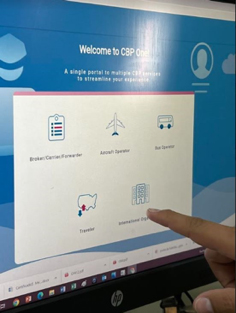Ukrainian Refugees Are Not Like the Others
Following last year’s Russian invasion, millions of Ukrainians fled to countries across Europe and beyond. What distinguishes this group from other refugee flows, however, is its unusual gender distribution: most refugee arrivals have been women. President Volodymyr Zelenskyy barred men aged eighteen to sixty from leaving the country so they would be available for military service. As a result, the share of women among adult Ukrainian refugees is close to 70 percent in most host countries.
This is in contrast with other refugee flows; for example, women only made up 30 percent of all asylum applications during the 2015-17 refugee crisis in Europe. Other data provided by the United Nations High Commissioner for Refugees (UNHCR) show that women accounted for slightly less than half of all those protected and/or assisted by the refugee agency in 2022.
We can refer to a “feminization” of refugees in the Ukrainian context. The term feminization of migration was coined to note not so much an increase in the proportion or numbers of female migrants but the emergence of a new form of female migration in the early 1980s: women were migrating independently to seek jobs abroad (rather than joining their husbands) and were becoming the main income providers for their families.
Ukrainian refugee women who fled without their husbands are faced with new responsibilities. They have to manage alone and find employment while taking care of dependent family members who traveled with them (mainly children and elderly people and, in some cases, people with special needs), while also supporting family members who stayed behind. These challenges can become overwhelming; some end up choosing to return, trading safety in a foreign land for the familiarity of home. Ten percent of all Ukrainian refugees who left following the February 2022 Russian attack have returned home from abroad, according to the International Organization for Migration.
Welcoming Ukrainian women refugees in Europe or the United States and giving them access to the labor market does not necessarily ensure their economic integration. Challenges such as the breakdown of the family unit, limited access to adequate and affordable childcare, social isolation, an employment-education mismatch, overqualification or lack of qualifications and skills, lack of recognition of degrees, etc., can hinder the success of these women in their host countries. . . .
[Read the rest at The National Interest.]






